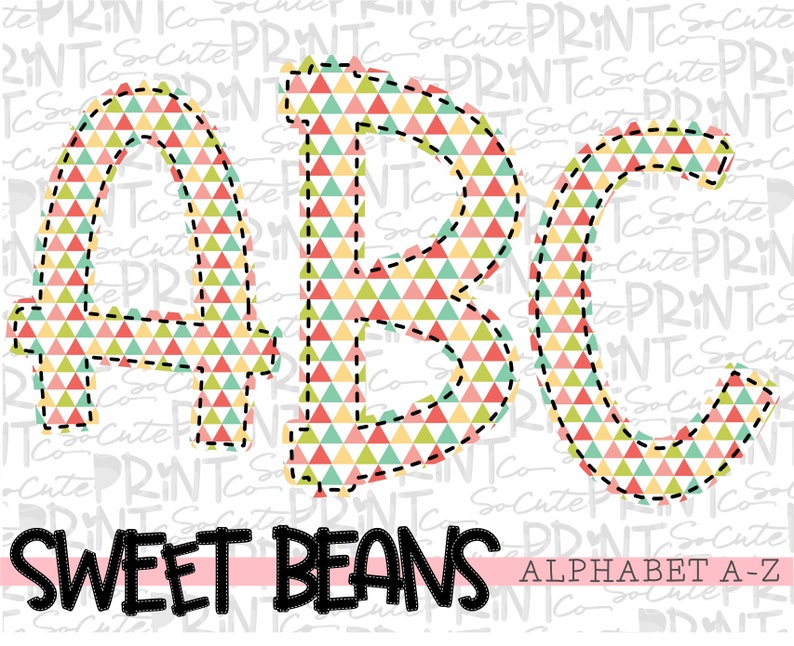
Let’s say a group of kindergartners have memorized, “Mary Had a Little Lamb.” The teacher then provides them with a written version. This refers to children’s ability to match or synchronize spoken words to written words in text. It focuses on something called fingerpoint reading. However, there is another body of research. This kind of practice both helps kids to learn some of the words (Rashotte & Torgeson, 1985), and to apply and integrate the decoding skills that enable one to read and comprehend text. But as you point out, the research record on such instruction doesn’t begin until later in Grade 1. Research (National Reading Panel, 2000) has shown that various approaches to having students read and reread text aloud help students to read more proficiently (usually as measured by reading comprehension tests). She focused on the idea of teaching these students to implement their decoding skills with text by having the kids read and reread the text. Her concerns were with third graders who knew their phonics skills, but who were low in reading achievement. The earliest explanation of fluency teaching that I ever encountered was written by Carol Chomsky (1978). (I've come to think of this work as the "roots of fluency."įirst, let’s think about fluency instruction and why it matters. Once kids are sufficiently disfluent, it would be an appropriate time to start up the fluency teaching. I hope I can convince you to devote some of your instructional time to developing the kind of disfluency that research has identified as having an important role in early reading development. However, I suspect that you’re missing out on a valuable opportunity to teach your students to read disfluently. I think it’s okay to neglect fluency instruction until later in first grade, at least with most students. However, we don’t begin to assess or teach fluency until mid-first grade.



We are teaching phonemic awareness and phonics in Grades K-2 and assessing student progress in those skills throughout those grade levels. All images are used for marketing purposes only, therefore sometimes the product received can slightly differ.Our school is trying to follow the science of reading. Please consume with 2 months and store in a cool, dry place.
#Alphabet sweet j free#
If you have any questions regarding ALLERGENS please feel free to Contact:- note not all sweets are suitable for young children. Packed in an environment that handles WHEAT, GLUTON, MILK, SOYA, EGGS, SULPHITE, PEANUT, TREE NUTS, and other ALLERGENS Glucose syrup, sugar, gelatine, dextrose,acid (citric/malic)glazing agents (beeswax, vegetable oil, carnauba wax, Halal Shellac, Sprbitol) caramalised sugar syrup, flavouring, fruit and plant concentrates (apple, aronia, bilberry, blackcurrant, pineapple, carrot, elderberry, radish, grape, hibiscus kiwi, lemon, grape, pear, mango, orange, passionfruit, sweet potato, cherry, safflower, spinach spirulina) elderberry extract, starch, Invert sugar syrup, humectant, sorbitol, corn starch, pectin, coconut, palm kemel, gelling agent, modified starch(starch/pea/corn) apple pulp (contains preservative: sulphur dioxide) acidity regulator, trisodium citrate WHEAT flour,water, vegetable oil (palm oil)acids E330.E297,flavourings, colours: copper complexes of chlorophylis titanuim dioxide, anthocyanin lutein, paprika E104 E129 E133 E171 E150d (contains SULPHITES ) Humectant sorbitol syrup,Emulsifier E471 mono and Di-glycerides of fatty acids, colours, curcumin.


 0 kommentar(er)
0 kommentar(er)
